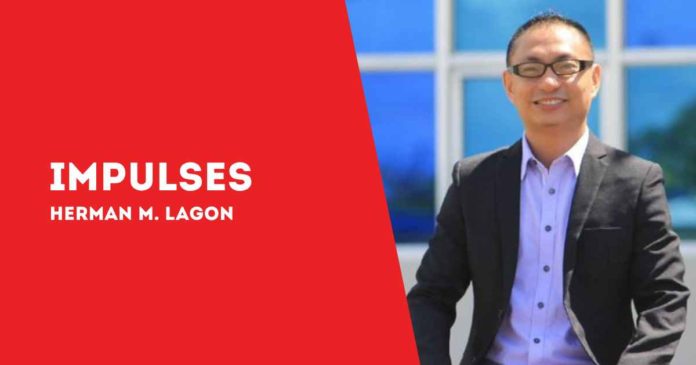
BY HERMAN M. LAGON
THE UMI (University Microcredential International) Hybrid Program proposes to offer free outcomes-based ladderized micro-credentials addressing these critical skills gaps. The ambitious but easily doable objectives of the program will be to upskill and reskill the marginalized populations, make global online education accessible free of cost, support career advancement with credential stacking, and align higher education curricula with the current industry requirements. This is more than just a study initiative; it involves learning on an ongoing basis, inclusion, and gearing up for life in a VUCA world in preparation for the 5th Industrial Revolution.
Operationalizing such a program requires designing an operational, detailed action plan, which, in turn, would draw up the ways and means to organize a curriculum that will find it sagely how the said objectives of higher education could be dovetailed into.
The curriculum must be focused on the outcomes, problem-research based projects, and 21st-century skills. It was an online, interactive learning platform accessible from across the globe and empowered by the best state-of-the-art advanced technologies: AI, AR, VR – all to make the learning process even more engaging.
Digital badges and certificates will be awarded to mark academic and career progress in ways that ensure participants receive recognition that holds value within the job market. To support these efforts, investments in technology and sustainable practices would be crucial, as would partnerships with industry leaders and inclusive leadership practices.
Funding such a comprehensive program would require a multifaceted approach. Securing grants from industry partners, collaborating on co-funding initiatives, and seeking support from educational foundations and philanthropic organizations would be essential. Revenue could also be generated through paid certifications and premium services. Additionally, applying for government grants aligned with national development goals, engaging alumni and donors, and securing corporate sponsorships and advertising revenue could provide the necessary financial backing.
The timeline for implementing the UMI Hybrid Program would span over a decade, from 2024 to 2035, starting with a feasibility study and platform design, followed by testing, implementation, and continuous evaluation and improvement. This long-term approach would ensure that the program evolves in response to emerging needs and technological advancements.
The UMI Hybrid Program would not only address the immediate needs of those facing educational and employment challenges but also serve as a powerful tool for championing social justice. The best part is that with the universalization of this program, made equally accessible and free for all, we can pass a lifeline to those who need it most: those coming from underserved or marginalized communities. In a world where all too often educational inequities perpetuate cycles of poverty and unemployment, programs like UMI have the potential to finally disrupt the cycle and create pathways to prosperity for millions.
In closing, the Free University Microcredential International Hybrid Program represents a visionary leap towards an inclusive, sustainable, and impactful educational future. By addressing the gaps identified by global organizations, this initiative could empower millions, especially marginalized individuals like Grace, to thrive in a digital age. As we navigate the vast “ocean” of lifelong learning, the UMI Program could be the beacon that guides us towards a more equitable and prosperous world for all.
Is this the future of education? What if it were?
***
Doc H fondly describes himself as a ”student of and for life” who, like many others, aspires to a life-giving and why-driven world grounded in social justice and the pursuit of happiness. His views do not necessarily reflect those of the institutions he is employed or connected with./ PN



